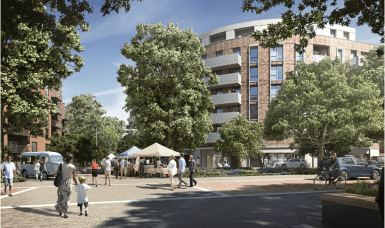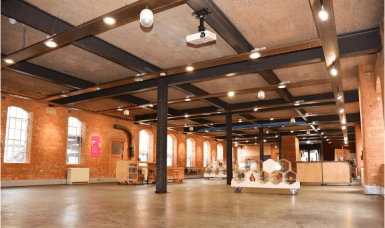
Sep 27, 2020
The £17m project will create the contemporary and inspirational Museum of Making on the site of the world’s first factory, in the Derwent Valley Mills UNESCO World Heritage Site. Delivery of the programme is a collaborative effort, locally designed and co-produced with communities, and is delivered under the Integrated Project Insurance Model (IPI).
The delivery environment can really test even the best team values. Through supporting this project, I learned that understanding the behaviour and mindset within the team is crucial – a regular temperature check is powerful in identifying issues quickly and getting right to the root cause.
Kelachi Amadi-Echendu
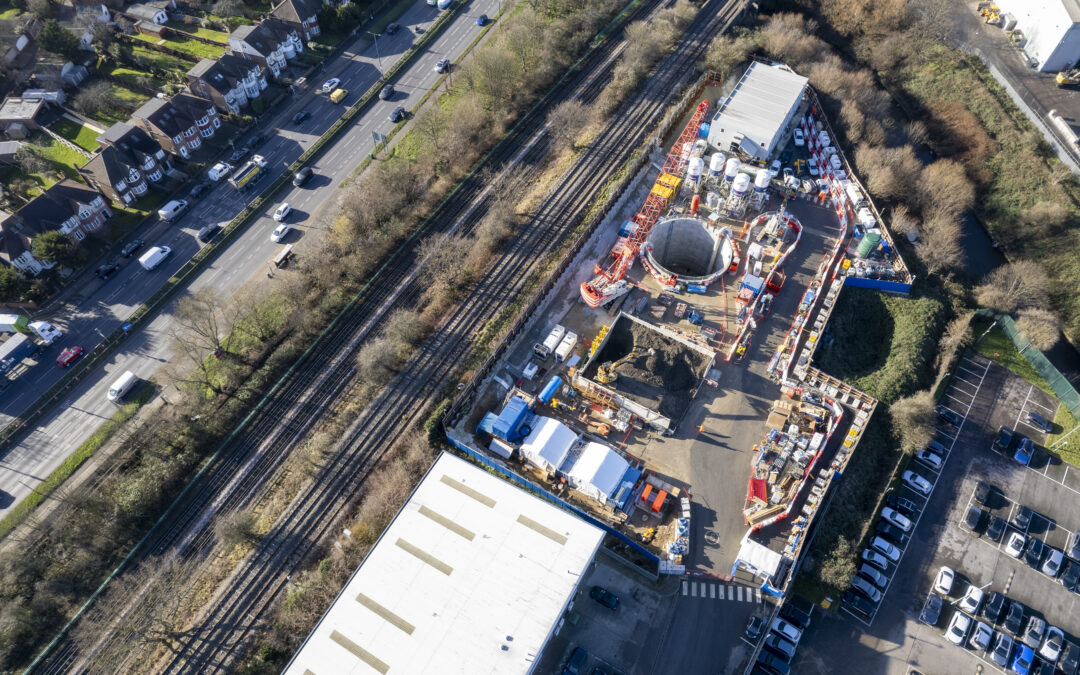
Sep 27, 2020
Area South Integrated Teams
One of the numerous roles we have taken on this huge infrastructure programme has been to provide help create an integrated team pulling together people from the client, the contractor and the design house, to work together to create an affordable solution to the challenge of building the southern most part of the rail project. Working with the senior leaders from each of the parties we designed and implemented a process based around agile project management principles. The impact was to be able to generate and test a wide range of design options in a very short time period.
Collaborative interfaces
The scale of the HS2 programme creates numerous interfaces with external public and private organisations. The successful exchange of information, permissions and resources requires effective communication across these interfaces, many of which are systemically brittle. Using our skills in communication, mediation and facilitation, we have worked with the different representative teams to build collaborative relationships. This has often entered running a programme of activities with multiple sub groups to create consistent alignment across between the different departments within each organisation. The outcome has been a much smoother and cost effective mechanism for resolving issues by dealing with problems as they arise rather than allowing them to escalate.
SCS Railways
The Skanska, Costain and STRABAG joint venture were awarded the S1 and S2 contracts for Stage 1 of the HS2 Main Works programme. As part of our role as HS2 Collaboration Partner for Area South, we delivered an activity for over 300 of their staff during a team away day.
With such a large group it was a new challenge to design a fun and engaging activity that would help the team understand the collaborative environment better. My experience was that even in a large group made up of many different teams, there can still be one or two key themes that resonate. Two-way communication with leadership is vital to get people engaged and getting feedback both from groups and individuals was a really important way of making sure everyone’s voice was heard.
Rod Willis
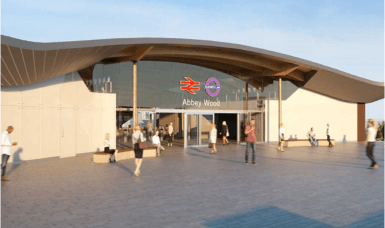
Sep 27, 2020
Crossrail at its peak has been the largest infrastructure programme in Europe. The Crossrail East team completed track upgrades and station improvements from Central London heading east to Shenfield and Abbey Wood. For an infrastructure programme of such national importance, the leadership recognized that they needed to understand potential risks, perceptions of risk, and team dynamics for the project to come to successful completion.
Getting a consistent message from a leadership team to the delivery team is paramount in creating an effective team. On this project I had the pleasure of working with a talented, tight-knit leadership team who communicated well with one another. When we tested individual assumptions about risk, we found that even amongst this leadership team they were vastly different. People had differing perspectives, past experiences and information. Unchecked, one member will assume that their perception is the same as the other – why wouldn’t it be? Taking the time to understand each other’s perceptions at the leadership level enabled a great level of understanding and clarity of single message to be cascaded to the team.
Edward Moore
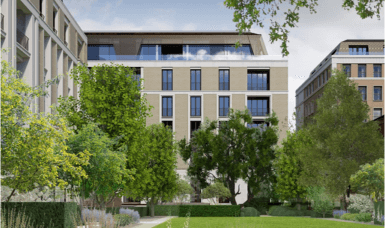
Sep 27, 2020
A high-quality residential development in North London, the St John’s Wood Square Project seeks to create a new community for families while commemorating the heritage of the former St John’s Wood Barracks. With planning permission granted in 2015, the design phase included called for a multi-disciplinary team, including developers, landscapers, architects, town planners and highways and transport specialists.
This project taught me the value of using behavioural indicators to anticipate the challenges of team resilience, when working under pressure. Using data collected on a monthly basis we were able to predict a potential drop off in motivation and help the management team take steps to improve communication and inter-team collaboration.
Tony Llewellyn
